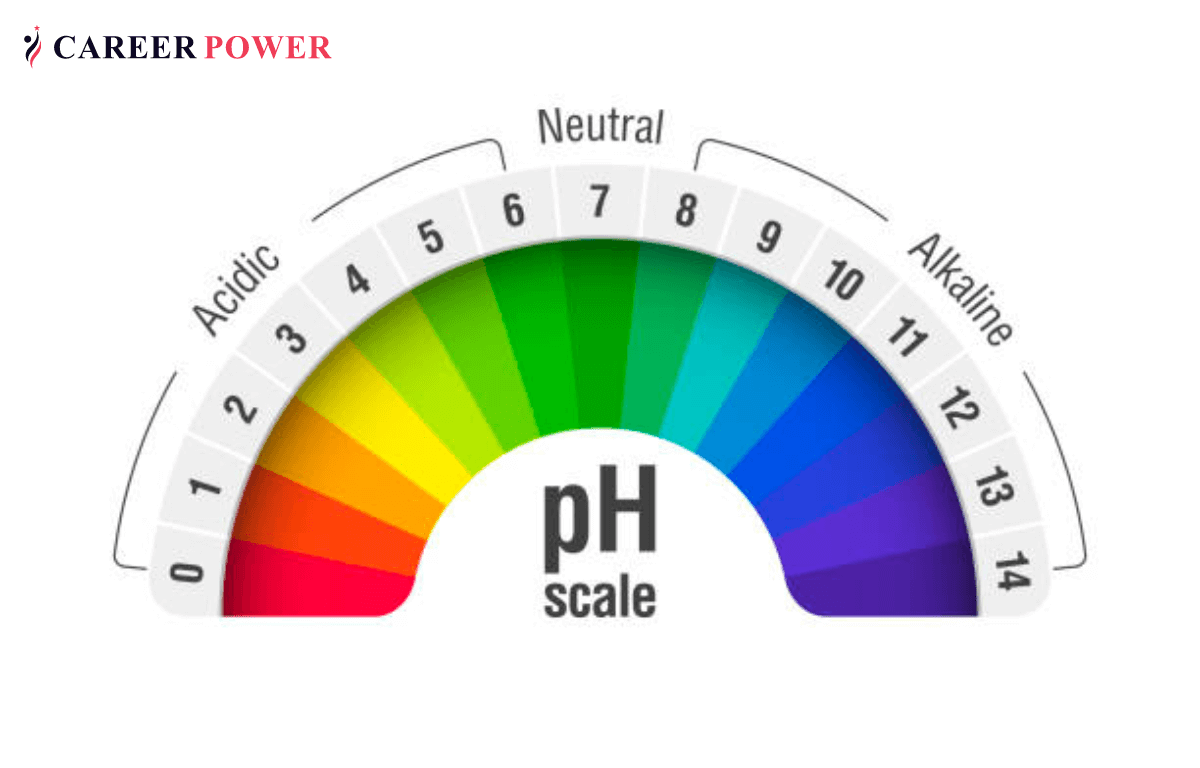Understanding Acid Concentrations and pH Values
Dilute Acid Solutions
Dilute acid solutions behave differently depending on their molar concentration levels. This article will explain how to determine the effective hydrogen ion concentration and calculate the pH value for three different concentration ranges of dilute acid solutions.
Very Dilute Solutions (Less than 10-8 M)
For acid solutions with a molarity far below 10-8 M, the effective hydrogen ion concentration comes primarily from the ionization of water rather than the acid itself. At these extremely low concentrations, the added acid has an negligible effect. Therefore, the hydrogen ion concentration equals the ionization constant of water, which is 10-7 M. To calculate the pH, use the formula pH = -log[H+], where [H+] is the effective hydrogen ion concentration from water. For a solution with a given concentration of 1 x 10-9 M HCl, the pH would be 7 - (-9) = 7 + 9 = 16.

Moderately Dilute Solutions (10-8 M to 10-5 M)
When the acid concentration falls between 10-8 M and 10-5 M, both the acid and water contribute significantly to the hydrogen ion level. The total effective [H+] is calculated as the sum of [H+] from acid ionization and [H+] from water ionization. For example, if a solution has a given HCl concentration of 1 x 10-8 M, the [H+] from HCl would be 1 x 10-8 M. Adding the standard [H+] of 1 x 10-7 M from water yields a total [H+] of 1.1 x 10-7 M. Plugging this value into the pH equation gives pH = 7 - log(1.1x10-7) = 6.98.
More Concentrated Solutions (≥ 10-5 M)
When the acid molarity is above 10-5 M, the acid itself dominates the hydrogen ion concentration. The [H+] is essentially equal to the given acid concentration. For a 1 x 10-5 M HCl solution, the [H+] = 1 x 10-5 M. Calculating the pH simply requires pH = -log(1 x 10-5) = 5.
Example pH Calculation for Dilute HCl
Let’s work through an example pH calculation step-by-step for a 1 x 10-8 M HCl solution:
- The given concentration of 1 x 10-8 M falls within the range of 10-8 M to 10-5 M.
- [H+] from HCl ionization = Given concentration of 1 x 10-8 M
- [H+] from water ionization = Standard value of 1 x 10-7 M
- Total [H+] = [H+] from HCl + [H+] from water = 1 x 10-8 M + 1 x 10-7 M = 1.1 x 10-7 M
- pH = -log(1.1 x 10-7 M) = 7 - log(1.1) = 6.98
Therefore, the pH of a 1 x 10-8 M HCl solution is 6.98. Let me know if any part of the calculation needs more explanation!
Summary
In summary, to determine the effective hydrogen ion concentration and calculate the pH of a dilute acid solution, it is important to first establish whether the given concentration falls within the very dilute, moderately dilute, or more concentrated range. The method for determining [H+] and calculating pH will differ depending on which threshold the concentration exceeds. I hope this breakdown provides a clear framework for solving acid-base chemistry problems involving dilute solutions. Please let me know if you have any other questions!
